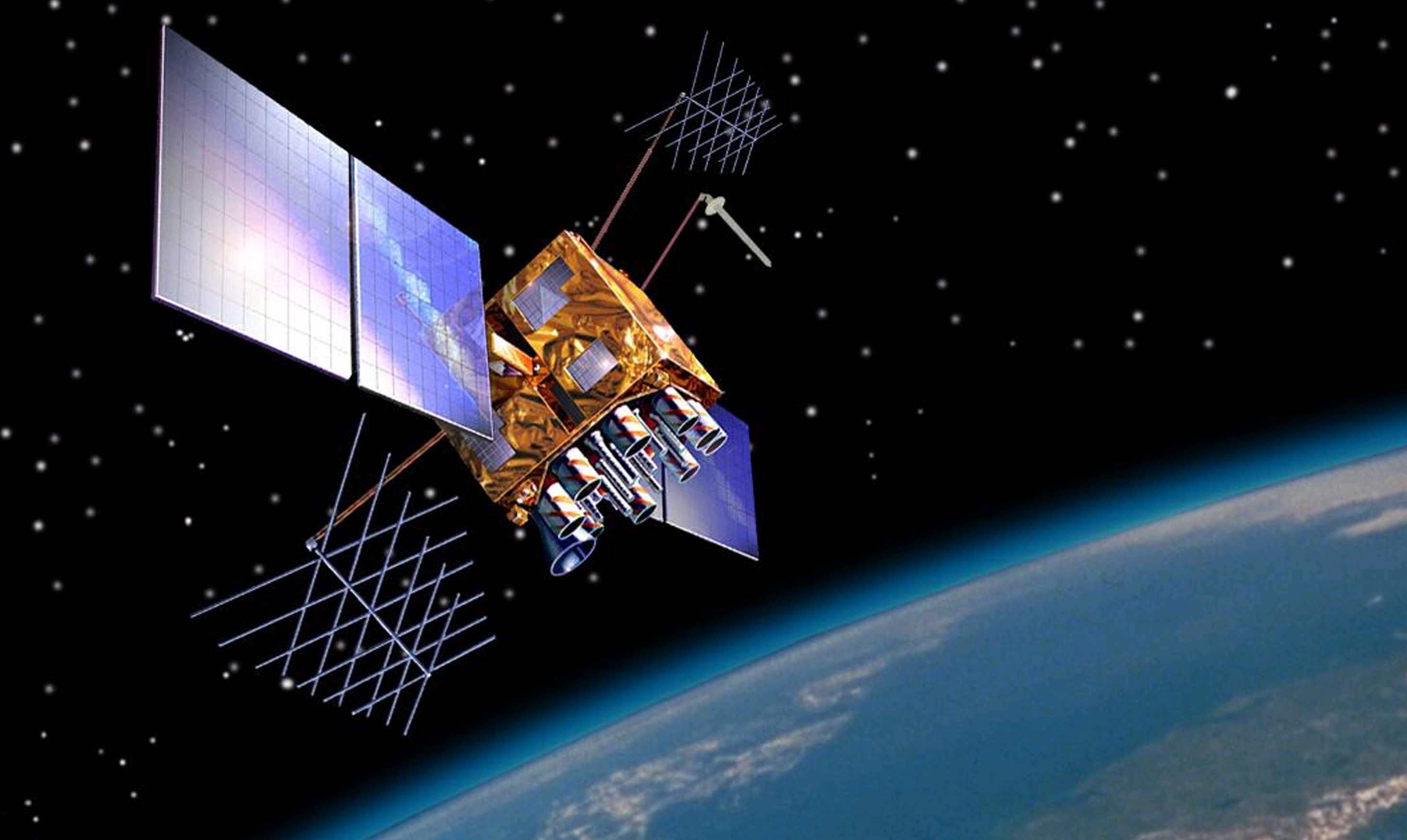
These days most of our mobile phones come with not just “GPS” but multiple ‘positioning systems’ built-in. The USA based GPS (Global Positioning System), the Russian-based GLONASS, (GLObal NAvigation Satellite System) and the Chinese BeiDou (Běidǒu wèixīng dǎoháng xìtǒng). Maybe that isn’t enough.
Today’s announcement from Qualcomm will see the Snapdragon manufacturer bring the European GNSS (Galileo Global Navigation Satellite System) – Galileo for short – more broadly across their mobile processor line-up. Qualcomm has now added the Galileo system into their iZat location platform.
With Galileo added to the fleet, Qualcomm can now use up to six concurrent satellites to increase location accuracy, reduce time to fix (how long it take your GPS to find your location) and improve performance in dense urban (city) environments with the killer combination of narrow roads and tall buildings.
So who can have more satellites? Well if you’ve got a phone with any of these processors you’ll be half way there: Snapdragon 820, 652, 650, 625, 617, and 435. However, before you go out and start looking for your Galileo satellites, you’ll have to wait until your device manufacturer updates their software to utilise that support.
Qualcomm hasn’t released a list of devices with those chips that have or will get such an update. However, going forward we should expect to see more and more devices supporting Galileo.
Do you have GPS issues? Could this be the solution are looking for? Let us know below.



